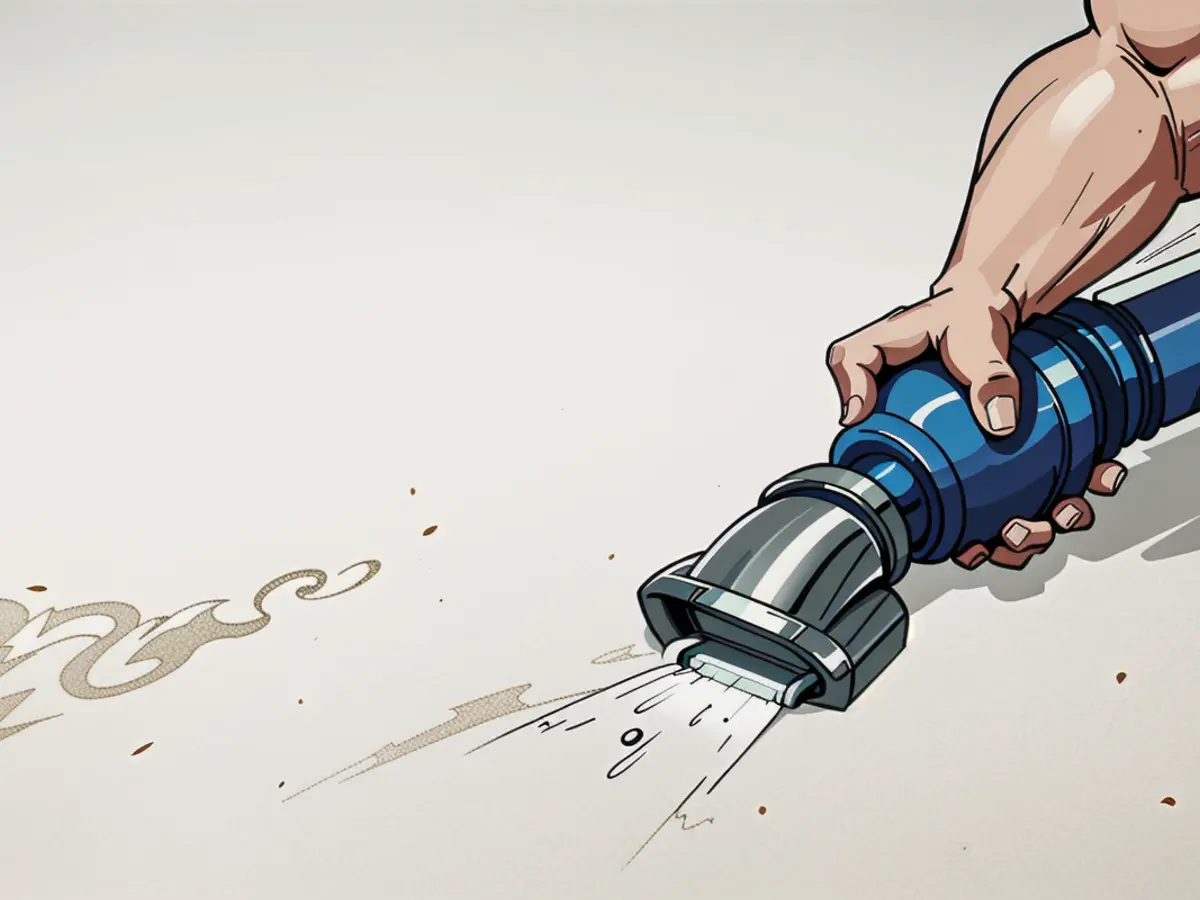Proper Methods for Preserving Sweaters to Extend Their Lifespan and Prevent Distortion
Nearly everyone has a cherished sweater, be it a hand-me-down that's overly spacious and offers a warm embrace, or a luxurious cashmere one you diligently saved up for. Regardless, you'd want it to endure as long as possible. Maintaining your prized sweaters in your life for an extended period essentially boils down to two primary aspects: properly washing the sweater and storing it correctly. Here's a detailed guide on the ideal methods for storing sweaters, avoiding stretching, shoulder bumps, and attracting fiber-consuming pests.
The Ideal Method of Storing Sweaters
Undeniably, the finest way to store a sweater is by folding it inside a shut drawer or container. Sweaters are knitted articles, and hanging them just like woven blouses can result in fiber pull and stretching on the hanger. Folding minimizes stretching, while closed storage safeguards the sweater fibers from dust accumulation.
Once you've folded your sweaters, you can store them in a dresser drawer or a closed container. For easy identification, consider labeling the container with a list of sweater descriptions or use a transparent container.
Correctly folding sweaters also is vital in minimizing wrinkles. Depending on the storage space, you can fold a sweater in half, thirds, or roll it.
Sweater Folding Steps
Method 1: Resulting in a broader, thinner folded sweater.
- Position the sweater, front side down, on a flat surface.
- Smooth out wrinkles in the body and arms with your hands.
- Fold the left arm across the sweater body, towards the right side. Then, fold the right arm over the left arm.
- Fold the bottom edge of the sweater approximately one-third of the way towards the neckline.
- Fold again to line up the previous fold with the neckline.
Method 2: Producing a thicker, more compact folded sweater.
- Position the sweater, front side down, on a flat surface and smooth out the wrinkles with your hands.
- Fold the right side of the sweater and right sleeve towards the sweater's center. Ensure that the shoulder seam aligns with the center of the neckline, and the sleeve aligns parallel to the fold.
- Repeat with the left side.
- Fold the bottom of the sweater towards the neckline once. To create a smaller sweater packet, fold the sweater in thirds (two folds).
Sweater Rolling Steps
- Lay the sweater, front side down, on a flat surface and smooth out wrinkles.
- Fold the sleeves from the shoulder seam, forming an X over the back of the sweater.
- Roll the sweater, starting from the bottom and working loosely, smoothing out wrinkles as needed.
When You Need to Hang a Sweater
Sweaters can be quite bulky, and sometimes, you may not have sufficient drawers to accommodate them all. In such instances, sweaters could be hung—however, it must be done correctly to prevent stretching. Instead of forcing a hanger into the sweater neckline and creating shoulder bumps, fold the garment over a robust, non-slip clothes hanger with a bottom bar.
- Position the sweater on a flat surface and smooth out wrinkles.
- Fold the arms towards the sweater's center, forming an X.
- Fold the sweater body into thirds and drape it over the bottom bar of the clothes hanger.
Off-Season Sweater Storage
If you're storing sweaters during the off-season, they should be freshly washed and dried. Excess moisture can lead to mold formation and attract pests. If your sweater was dry-cleaned, ensure you remove it from the thin plastic bag provided by the cleaners. Avoid using such bags as they can trap moisture and cleaning chemicals that can cause discoloration.
Sweaters can be stored in sealed plastic bins in a cool, dry setting. Include sachets of cedar chips or lavender to deter pests. Open storage or cotton bags are not recommended for wool and cashmere sweaters as pests can chew through cotton. Consider using vacuum-sealed bags for bulky sweaters to save space.
After properly folding your sweaters to minimize wrinkles and stretching, you might want to consider labeling your storage containers for easy identification, as suggested by RealSimple. This can be done using a list of sweater descriptions or by using a transparent container.
When storage space is limited, hang your sweaters correctly to prevent stretching. Instead of forcing a hanger into the sweater neckline, fold the garment over a robust, non-slip clothes hanger with a bottom bar, as advised.




